Koshi Province
Biratnagar’s chautari where Nepal’s labour movement began
On May Day, locals reflect on the birthplace of the country’s first organised workers’ protest.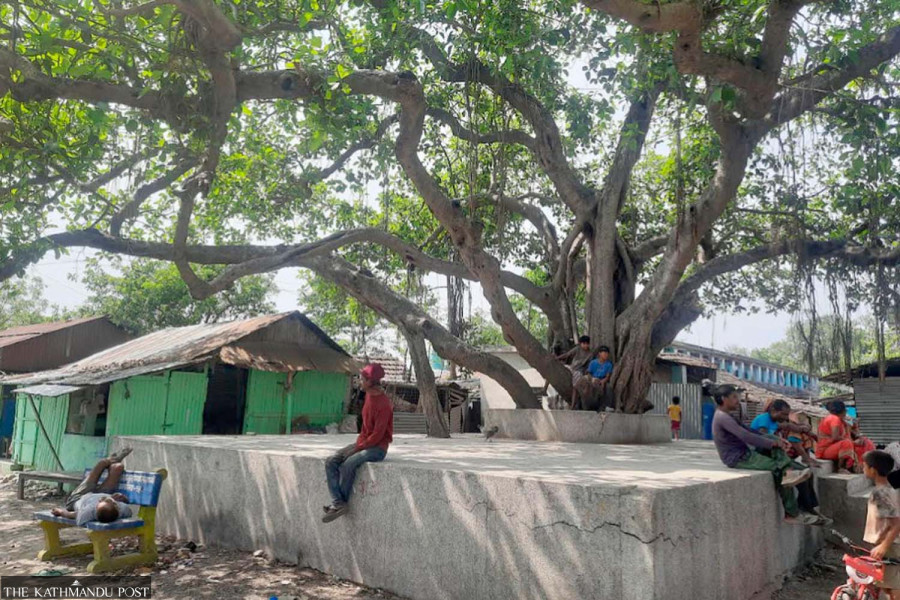
Parbat Portel
As Nepal marks May Day, the international day celebrating workers’ rights, attention turns once again to a modest chautari in Biratnagar—a historic platform that laid a foundation in the country’s labour movement.
Near the eastern edge of the country’s oldest industrial establishment, the Biratnagar Jute Mill, this quiet resting place holds a significant place in Nepal’s political history. It was from here that the country’s first organised labour movement began, sowing the seeds of a larger democratic revolution.
“The seed planted on this very platform later grew into the massive tree of democratic movement,” said Krishna Pokharel, a professor of political science and long-time resident of Biratnagar. “That seed was the voice for labour justice, demands for equality, and resistance against autocracy.”
Next to the square once stood a small market, which transformed into a hub of protests. Regular demonstrations, slogans and strikes turned the area into what came to be known as Hartali Haat (a strike market). Workers rallied daily, often confronting police crackdowns without fear.
“This platform was the centre of the labour movement,” recalled Kabita Magar, an elderly local resident. “Leaders like Girija Prasad Koirala and Manmohan Adhikari held long discussions here all day, planning the protests.”
Founded in 1936, Biratnagar Jute Mills employed around 2,400 workers and 400 other staffers at its peak. It became more than an industrial site—it turned into a school of political activism. The movement that started here was pivotal in challenging the autocratic Rana regime.
Labour leaders included Girija Prasad Koirala, communist leader Manmohan Adhikari, Yubaraj Adhikari, Tarini Prasad Koirala and Gehendra Hari Sharma, who were all employed at the mill. Support came from beyond Nepal, too, including Indian socialists and communists such as Ratanlal Brahmin from Darjeeling.
Later, Girija Prasad Koirala and Manmohan Adhikari became prime ministers of the country after the restoration of democracy in 1990.
The movement began on March 3, 1947, when workers at the mill demanded fair wages and better working conditions. “The first call to protest came from this very platform,” said civil society leader Dinesh Shrestha. “They first submitted a memorandum, but after being ignored by the mill management, they launched a strike.”
Leading women activists such as Nona Koirala, Divya Koirala, Nalini Upadhyaya, Indira Acharya and Kamini Giri also played key roles in the protests, which continued for weeks.
In the waning days of the Rana regime, 400 soldiers were deployed from Kathmandu under orders from the local bada hakim (chief officer). They opened fire on protesters without warning, killing several workers.
“The entire nation was shaken,” said civil society leader Jagat Aryal. “The movement evolved into a larger Satyagraha (nonviolent movement), eventually leading to the fall of the Rana regime and the establishment of democracy [in 1951].”
The historic protest platform still stands in ward 15 of Biratnagar Metropolitan City, a quiet monument to a loud and pivotal moment in Nepal’s modern history.




 11.12°C Kathmandu
11.12°C Kathmandu
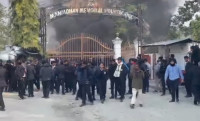

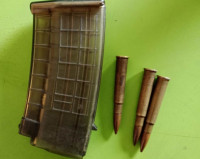
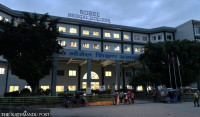

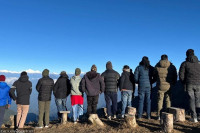

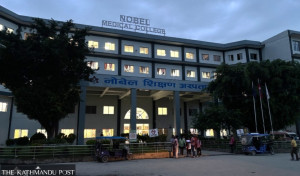
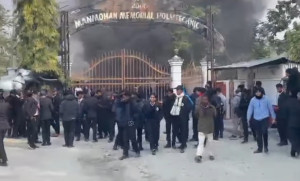
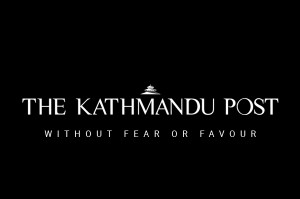
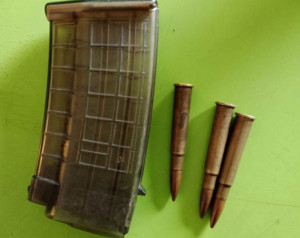


%20(1).jpg&w=300&height=200)

